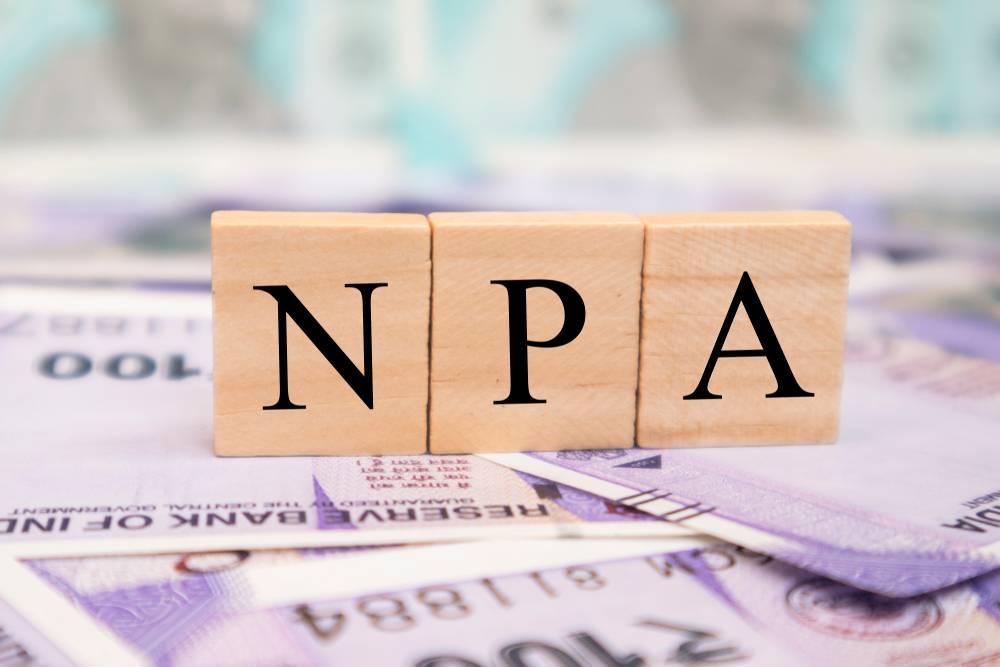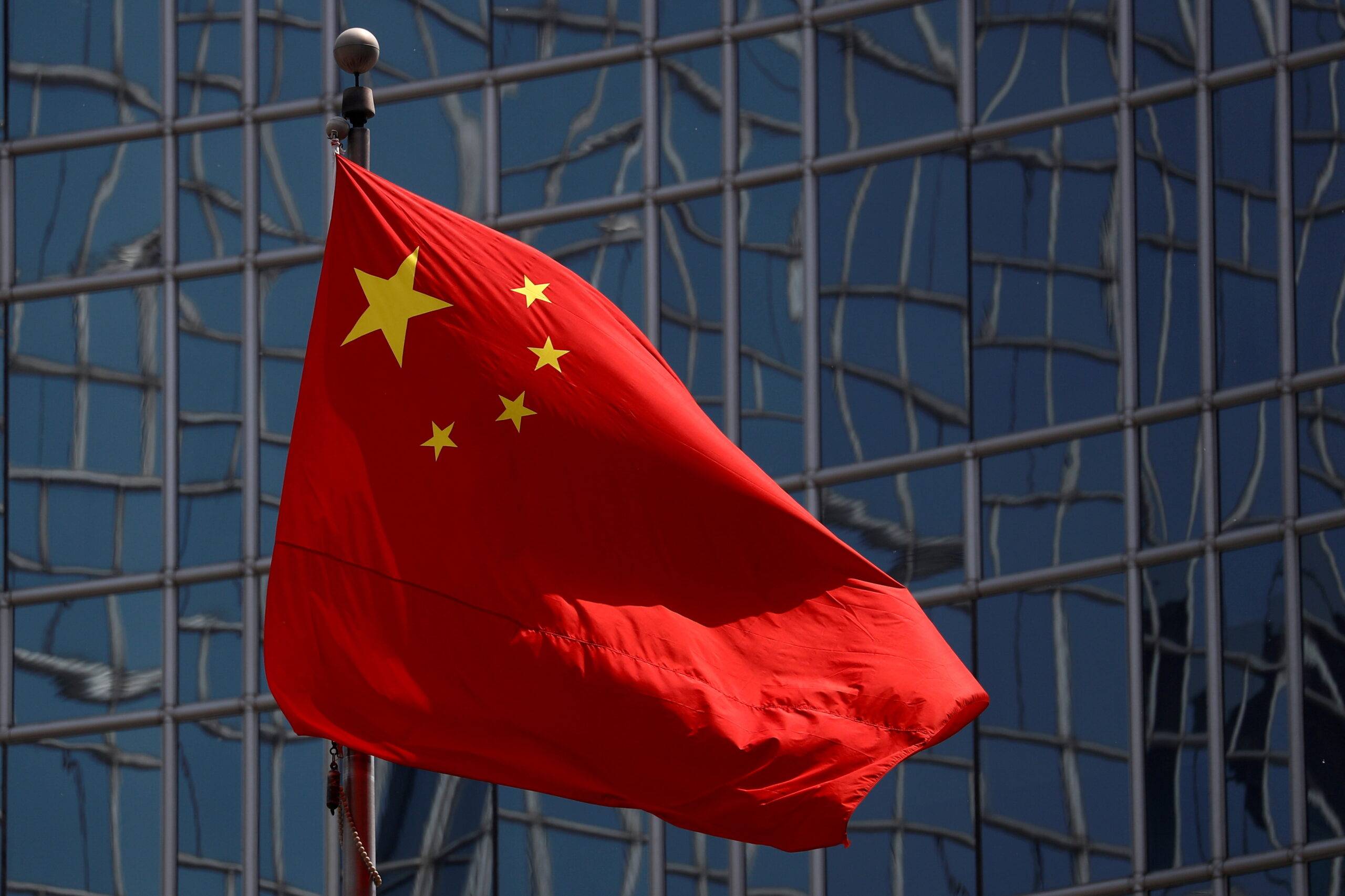
Humanising Debt Collections – A Fair Practices Code For ARCs
While the depiction of the Indian stressed asset market is often painted to look dismal, global globalization has put the screws on government and regulators to take decisive action. In a similar vein, India’s bad debt headache was alleviated with the inception of the SARFAESI Act, allowing banks to recover monies without judicial intervention. Despite that, the problem of mounting non-performing assets grew multi-fold thereby enhancing the prominence and aggression of Asset Reconstruction Companies (ARC) in financial circles.
Need for Fair Practice Codes
In wake of the mounting NPAs, the banking sector is under immense pressure to get its house in order. Realizing this, banks resorted to offloading bad debts from their loan books onto ARCs thereby leading to a massive reduction in their distressed assets. However, during this exercise banks made no provisions for these bad loans in their books, and bore no losses in case of defaults. This issue led to the intervention by RBI in form of the Fair Practice Code to ensure transparency in form of cash transactions.
Maintaining Transparency
Another reason for the need for the Code was that the sale of assets conducted by ARCs-in spirit-emerged to be no different from the sale of assets by state finance corporations or others vested with similar special powers of recovery. There have been many instances wherein ARCs sold assets through ‘private auctions’, and simply served a notice to the borrower. In this procedure, no account of the sale proceeds, description of the buyer or competing bidders, information on how the asset was sold, or expenses on the sale was provided to borrowers.
At this juncture, the RBIs notification will ensure transparent and non-discriminatory practices in terms of the acquisition of assets. To curb the issues and unclear process of assets being sold to bidders where there is no trace of information of who these individuals are, the invitation to participate in the auction will be made public.
This will also provide transparency in the way how many assets were being sold. The Boards involvement to make sure these rules are being held up is of utmost importance. When dealing with buyers Section 29A of the IBC must guide the process. The inclusion of Section 29A rendered persons contributing to defaults of the corporate debtor or other incapacities or are a related party, declares such parties as ineligible for submission of resolution plan and thereby preventing such persons from gaining control of the corporate debtor under the Code.
Simply put, the provision safeguards creditors of the company against unscrupulous persons whose aim is not a revival of the corporate debtor, but to reward themselves by undermining the objective of the Code.
Thus, the notification aims to address issues of transparency and borrowers being kept in the dark during such sale of assets while keeping a check on the aggressive sale of assets by the banks and easy purchase by the ARCs. On contrarian grounds, FPC under the new regime would inadvertently restrict the enforcement action taken by ARCs.
Maintaining the spirits of Section 29A of the IBC or delving into investor control diminishes the powers conferred upon the ARC drastically. Moreover, it is pertinent to note that a regulatory directive from the central bank perhaps cannot have an overriding effect on legislations enacted to facilitate debt recovery, under the SARFAESI Act or the RDDB Act.
Also, the sale of assets was not transparent and was far too commonly done at prices that do not represent fair values. Thus, these malpractices by the ARCs forced the RBI to come up with Fair Practice Codes to ensure transparency in transactions and keep a check on their practices. Under the notification, ARCs are entitled to release all securities on the repayment of dues.
If the right of set-off is exercised, then a notice to the buyer must be sent with information regarding the full particulars of the remaining claim and the conditions under which ARCs are entitled to retain the securities till the relevant claim is settled or paid.
Ethical Recovery Processes
Hereafter, ARCs must ensure adequate training to staff to deal with customer matters appropriately. This will prevent or mitigate unlawful and uncivilized harassment inflicted upon debtors in the name of debt recovery processes. In the spirit of this Code, ARCsmust establishes a code of conduct for Recovery Agents and also holds the company accountable in case of breaches by their Agents.
A compulsory set up of a proper Grievance Redressal within the company should be constituted by ARC. The officer’s name designated for that redressal must be mentioned during the process. Such machinery will prove to be a step towards settlement of issues subsisting between the ARCs and the borrowers or the banks.
In addition to this, initiatives to address the absence of a poor secondary market have been taken up. In the intention to outsource an activity, a suitable outsourcing policy needs to be established, a delegation of authority depending on risks and materiality, and systems to monitor and review the operations of these activities.
Conclusion
Overall, the RBI’s guidelines reward assertive steps yet ethical recovery practices are strides in the right direction. This move will rationalize recent trends in the industry and prove advantageous to various stakeholders in the stressed asset sector, including defaulting borrowers. In light of the new guidelines, ARCs are likely to change their bidding strategy and cherry-pick deals backed by ‘hard’ assets reducing the number of deals.
At the heart of the ‘Fair Practices Code guidelines is the protection of debtors by humanizing the recovery process while striking an optimum balance between lender-borrower interests in the recovery framework. With an emphasis on compliances, transparent and non-discriminatory practices in the acquisition of assets, and the required release of securities upon repayment of dues, the FPC guidelines may collectively help insulate debtors from the clutches of the sale process.
Adherence to these guidelines will place these bad bank sponges on a game-changing pathway leading to reduced NPAs thereby reviving stressed assets in the banking sector and the Indian economy one step at a time, however not without some enforcement hiccups.
Tags: fair practices, arc code, the debt collector, debt collections, commercial debt collection, credit collection services, debt recovery, debt management and collections system, debt collection services, commercial debt, credit collection








